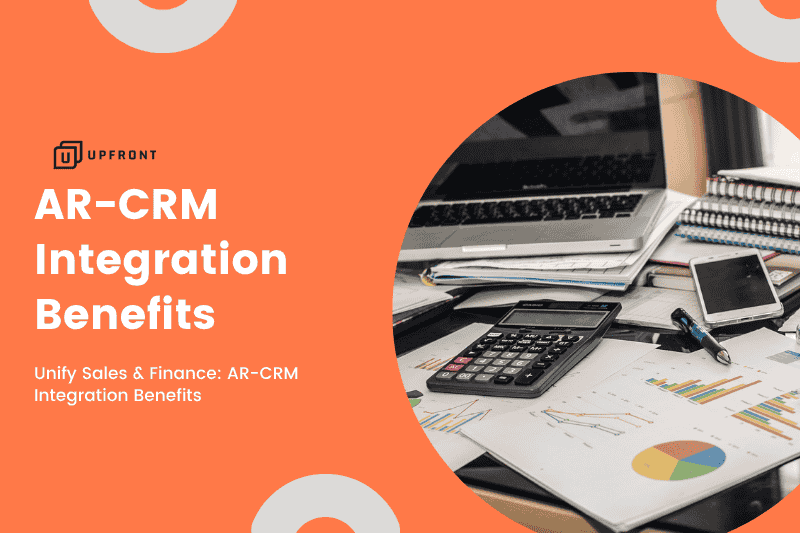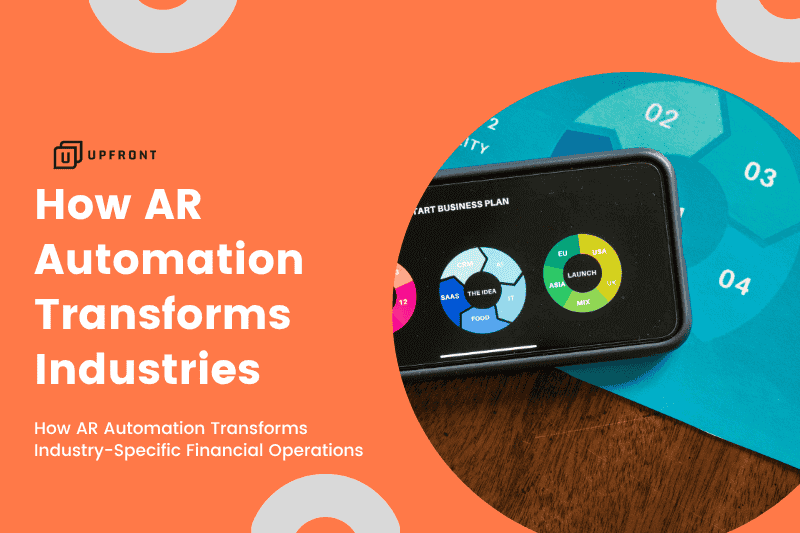Did you know 43% of finance data breaches start with compromised accounts receivable systems?
Cloud-based AR automation demands ironclad security to protect sensitive customer and payment data. For UAE/GCC businesses, this means combining encryption, compliance, and access controls.
GetUpfront’s platform integrates bank-grade security with FTA e-invoicing mandates, reducing breach risks by 67% while automating receivables.*
Why Cloud AR Security Can’t Be Ignored
Accounts receivable platforms handle your most sensitive data: customer details, payment histories, and tax records. In the UAE/GCC, where digital transformation accelerates, threats loom larger:
- Regulatory penalties for violating UAE’s PDPL (Personal Data Protection Law) or FTA e-invoicing rules.
- Financial fraud through intercepted invoices or payment tampering.
- Reputation damage from client data leaks in relationship-driven markets.
Without robust security, your cash flow engine becomes a liability.
Critical Security Features for Cloud AR Platforms
Modern AR automation must balance efficiency with uncompromising protection. Here’s how leading platforms mitigate risks:
Problem → Solution → GetUpfront’s Implementation
| Threat | Security Feature | GetUpfront’s Approach |
|---|---|---|
| Data breaches | End-to-end encryption | AES-256 encryption at rest & in transit |
| Unauthorized access | Role-Based Access Control | Custom roles (e.g., “UAE VAT Auditor”) with MFA |
| Compliance violations | Automated Audit Trails | Immutable logs for FTA/GCC tax audits |
| Payment fraud | PCI-DSS Compliance | Embedded Payments with tokenization |
| Data residency risks | Localized Hosting | UAE/GCC data centers for residency compliance |
How GetUpfront Bakes Security into AR Workflows
Automated Invoicing with Compliance Guardrails
Generate FTA-compliant e-invoices with auto-embedded VAT fields. All documents encrypted and stored in UAE data centers.
Real-Time Tracking with Immutable Logs
Every invoice edit, payment, or approval is logged in tamper-proof audit trails—critical for GCC compliance investigations.
Embedded Payments & PCI-DSS Defense
Secure card processing via tokenization (no raw data storage). SOC 2-certified infrastructure for payment operations.
Automated Reconciliation with Zero Trust
AI-powered matching runs in isolated environments. Access requires MFA and IP allowlisting for finance teams.
*Case Study: A Dubai logistics firm slashed compliance costs by 40% after switching to GetUpfront’s encrypted, FTA-aligned workflows.*
UAE/GCC Compliance: Non-Negotiable Requirements
Regional businesses face unique mandates:
- UAE PDPL: Customer data must be encrypted and stored locally.
- FTA e-Invoicing: Requires QR codes, digital signatures, and 5-year retention.
- GCC VAT Frameworks: Real-time reporting with anti-tamper safeguards.
GetUpfront pre-configures settings for UAE, KSA, and Bahrain—automating 100% of tax workflows.
5 Proactive Security Measures for AR Platforms
-
Demand ISO 27001 or SOC 2 Certification Verify third-party audits for cloud infrastructure (GetUpfront maintains both).
-
Enforce Data Residency Controls Ensure servers reside in UAE/GCC (e.g., Dubai’s Khazna Data Centers).
-
Automate Compliance Updates Platforms should auto-patch for new regulations (like UAE’s 2025 VAT amendments).
-
Limit Access with RBAC Restrict invoice approvals, discounting, and exports by role.
-
Test Incident Response Plans Simulate breach scenarios—GetUpfront runs quarterly DR drills.
FAQs: Cloud AR Security
1. What are cloud AR security best practices for businesses?
Cloud AR security best practices include implementing the shared responsibility model, enforcing strong Identity & Access Management (IAM), adopting Zero Trust architecture, encrypting data both in transit and at rest, and conducting regular audits and penetration tests to secure augmented reality apps.
2. How does the cloud shared responsibility model affect AR security?
In the cloud shared responsibility model, cloud providers manage infrastructure security, while customers are responsible for securing data, AR applications, user access, and configuration settings. Failing to uphold this responsibility can leave AR apps vulnerable to breaches.
3. Why is the Zero Trust model essential for secure augmented reality apps?
The Zero Trust cloud AR model ensures that no device or user is trusted automatically, even within the network perimeter. This model continuously validates user identity, device health, and access rights, reducing the risk of unauthorized access to sensitive AR data.
4. What encryption methods are recommended for securing AR data in the cloud?
To follow cloud AR security best practices, businesses should encrypt data in transit with TLS 1.3 and at rest with AES-256, using cloud-native Key Management Systems (KMS) to safeguard encryption keys. These measures protect AR app content and user data from interception or tampering.
5. What are common cloud misconfigurations impacting AR applications and how to prevent them?
Common risks include overly permissive storage buckets and unsecured APIs. Prevent these by applying security configuration tools, Cloud Security Posture Management (CSPM), and automated monitoring—core components of maintaining secure augmented reality apps.
6. How do companies build Zero Trust cloud AR infrastructure?
To implement Zero Trust cloud AR, organizations must integrate multi-factor authentication (MFA), device health checks, micro-segmentation, and continuous behavioral analysis. These tactics limit lateral movement and protect AR workloads from insider and outsider threats.
7. Why are regular security audits necessary for cloud-based AR systems?
Routine vulnerability scans, penetration testing, and compliance audits ensure that AR applications remain secure in dynamic cloud environments. These cloud AR security best practices are vital for identifying potential threats before they cause damage.
8. How can businesses ensure compliance when deploying AR apps in the cloud?
Compliance with GDPR, ISO 27001, and other standards ensures that cloud-based AR systems handle user data responsibly. Automated compliance tools can track changes and generate reports to prove adherence to cloud and AR security regulations.
9. What incident response measures should companies adopt for AR cloud platforms?
Incident response plans for AR platforms in the cloud must include predefined procedures for detection, containment, eradication, and recovery. Incorporating automated playbooks accelerates the resolution of cloud-related AR security events.
10. How does security awareness improve the safety of cloud AR systems?
Building a security-conscious culture—including AR-specific threat training, phishing simulations, and regular policy updates—empowers staff to maintain the integrity of secure augmented reality apps and reinforces adherence to cloud AR security best practices.
Lock Down Your AR Data in UAE/GCC
GetUpfront delivers military-grade security with FTA compliance. Automate receivables without compromising safety.
Secure Your Free Demo →Don’t Let Security Slow You Down
Cloud AR automation shouldn’t mean trading speed for safety. With GetUpfront, UAE/GCC businesses automate invoicing, reconciliation, and collections on a zero-trust architecture. From Dynamic Invoice Discounting to Real-Time Tracking, every feature operates within encrypted, compliance-aware environments.
→ Choose a platform where security isn’t added—it’s foundational.
Next to Know →
→Secure your collaboration: Cloud AR Security→Fraud-proof transactions: Secure B2B Payments→Compliance simplified: E-Invoicing in UAE→Regulatory clarity: Digital vs Compliant Invoicing UAE





